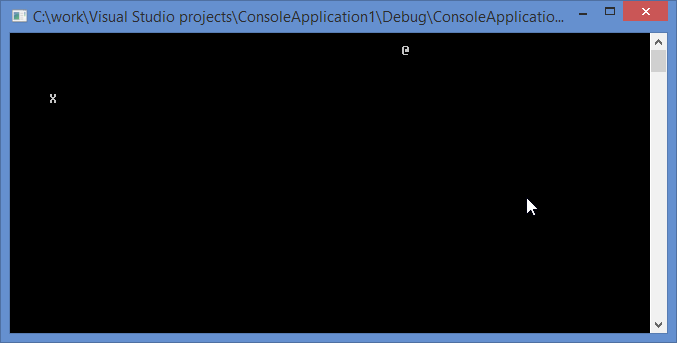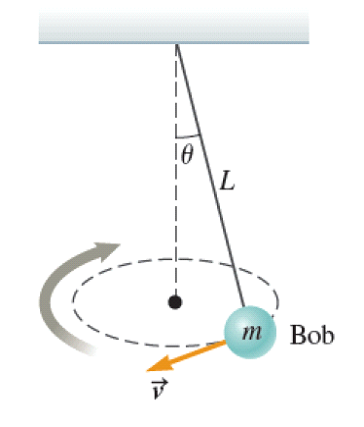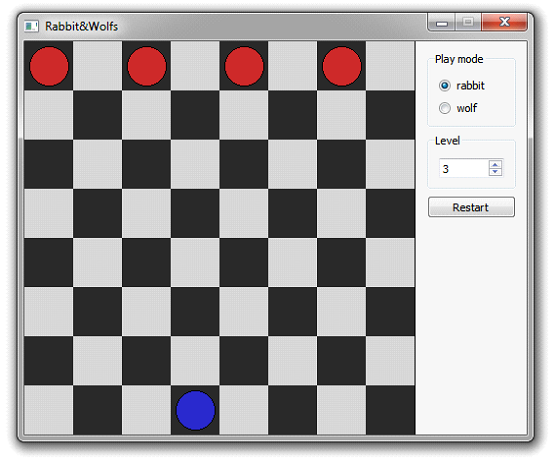Hello! In this guide, I’ll show you the program to check the balance of different types of parentheses in an expression using C++.
Idea for Implementation
Everything would be much simpler if we had to check only one type of parentheses. If it is required to check the balance of the parentheses of only one type, for example, “(“ and “)”, we can read all the symbols one by one, ignoring all the symbols except the braces. If it is an opening bracket we increase the counter by 1, and if it’s a closing bracket we reduce the counter by one. After the check, it’s easy to define if the expression is balanced. If the counter is bigger than zero, we have more opening brackets. But if it goes lower than zero, we can’t check further. So we will use the stack. Continue reading





